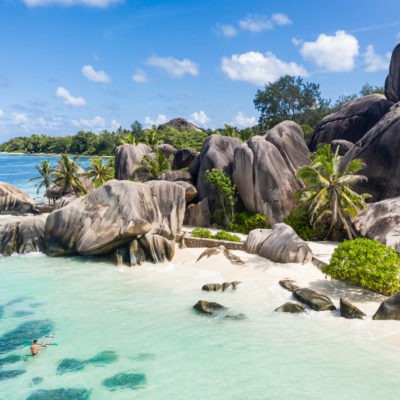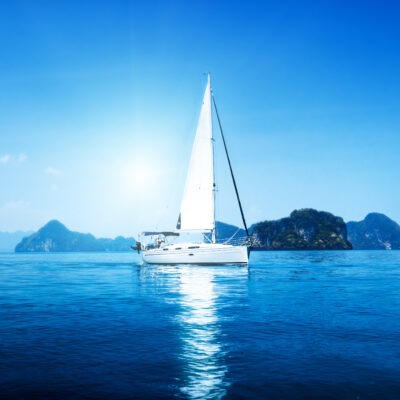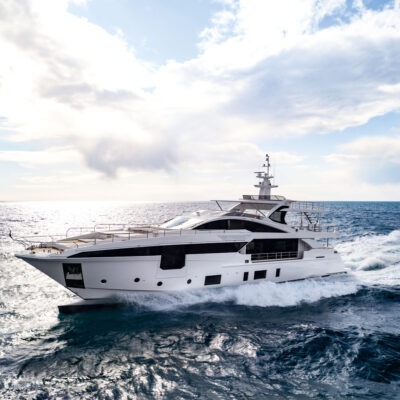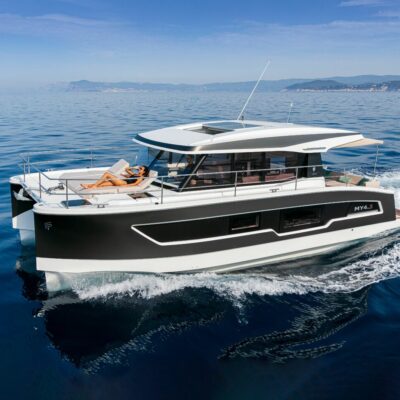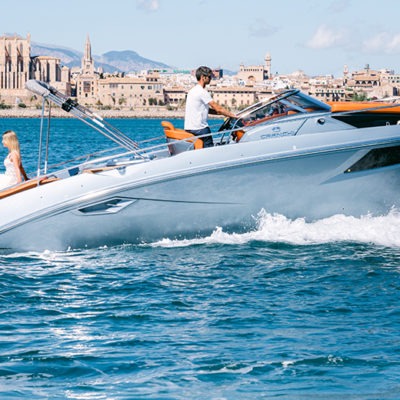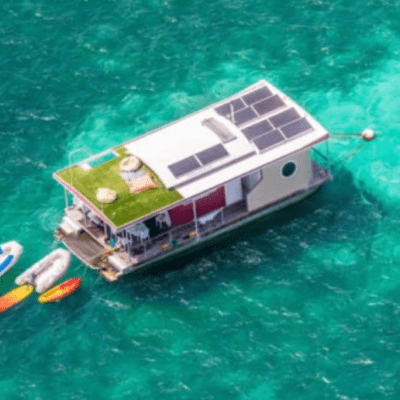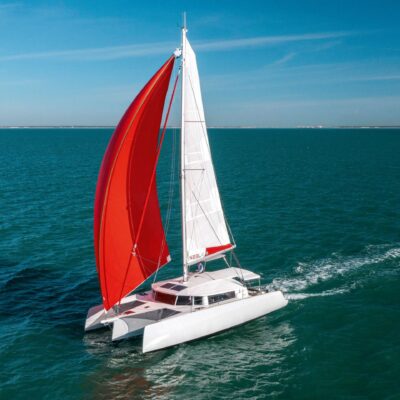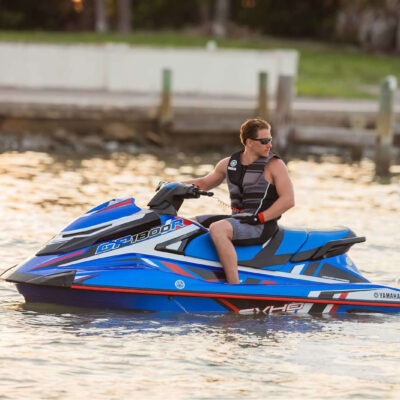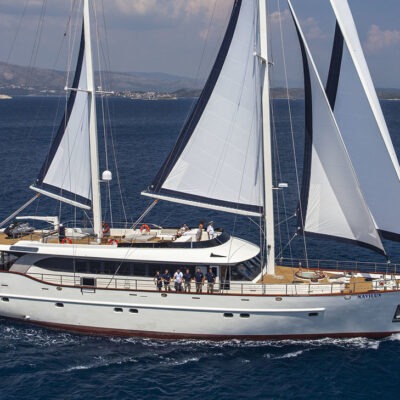Seychelles

Seychelles. The child of love of the azure ocean and the unmistakable granite giants that line the shores.
Seychelles. Countless tiny, uninhabited paradise in the middle of the endless blueness that attracts you into adventure.
What do the coastal rock labyrinths hide?
What does the jungle hide?
What does the bottom of the ocean licking the white coral sand shores hide?
Would you discover it? Then discover!
The Republic of Seychelles consists of two main archipelagos, including 155 islands.
The Mahé Group (Inland Islands) consists of 42 mountainous granite islands as well as 2 coral islands, including Mahé, Praslin, La Digue, and Curieuse. The second group (outer islands) consists of 2 coral reefs and 109 uninhabited islands.
The Mahé Group is the cultural, economic and tourist center.
On Mahé Island in the Takamaka Bay, the main rum distillery allows visitors to learn about the history of rum making. Takamaka Rum is named after a tree native to Cousine Island.
Cap Ternay is a popular attraction with its excellent snorkeling spots, rich marine life and beautiful landscapes such as the large sand dunes that emerge at low tide. There is no direct road from here by land, the mangrove forests and the rocky sandy beach are only for those who arrive by boat. Morne Seychellois is the highest point on the island.
Curieuse once served as a leper colony. The doctor’s residence can now be visited as a museum.
In the Curieuse Marine National Park, Aldabra cares for giant tortoises, but is also an important nesting place for potted turtles. It is the only island where the Coco De Mer palm grows freely, and 6 different mangrove species can also be found on the island.

In the Saint-Anne Marine National Park snorkelers can admire beautifully shaped and colored corals. In this national park visitors can find one of the largest seagrass meadows on the granite islands, where green turtles snack.

Cousin Island is a granite island that first became a nature reserve in 1968 and was declared a special reserve in 1974.
Not only for seabirds and native land birds, but this island is the most important nesting place for Hawksbill turtles in the western Indian Ocean.
The tiny Vallée de Mai National Park is a reserve in the heart of Praslin Island, which has preserved the remains of a palm forest almost in its original state.
Coco the mer palm tree native to the Seychelles was once thought to grow deep in the sea – as its name suggests. The fruit of this famous palm tree has the largest seed in the flora.
Anse Lazio has been declared by Lonely Planet the most beautiful beach of Praslin Island – the second in a row is Anse Georgette Beach – and one of the most beautiful beach in the world.

Weather:
Bad weather in Seychelles is an unknown concept. The wind may blow, it may rain, the temperature will remain almost constant. And the sun will triumph over the storm clouds in minutes.
The Seychelles are located in the tropical zone south of the Equator. The archipelago is outside the hurricane zone (cyclone-free zone), with an average annual temperature of 27 degrees Celsius and a humidity of 80%. The weather in the archipelago is constant almost throughout the year, with minimal variations.
From April to October, the weather is cooler and drier due to refreshing southeast trade winds, while from November to March, the northwest monsoons bring rainfall, causing tropical thunderstorms. Showers can occur any day of the year – mostly at night.
Wind:
Between October and March, northwest trade winds blow at an average speed of 8-12 knots. Between May and September, the southeast wind is between 10 and 20 knots, creating cooler, windier conditions for ideal sailing.
General:
For specific information on restrictions, visit the consular website at www.seychelles.com.
Banking:
The currency is the Roupie Seychelloise (SCR). All main credit cards are accepted and ATMs are easily found but distribute SCRs. Banks are open Monday to Friday (8am to 2pm) and Saturday (8am to 11am).
Internet:
There are internet cafes in Mahé, Praslin and La Digue. In Seychelles, you can buy a local SIM card or use some of the local WiFi hotspots, which can have data restrictions.

 Ask for a free consultation
Ask for a free consultation 